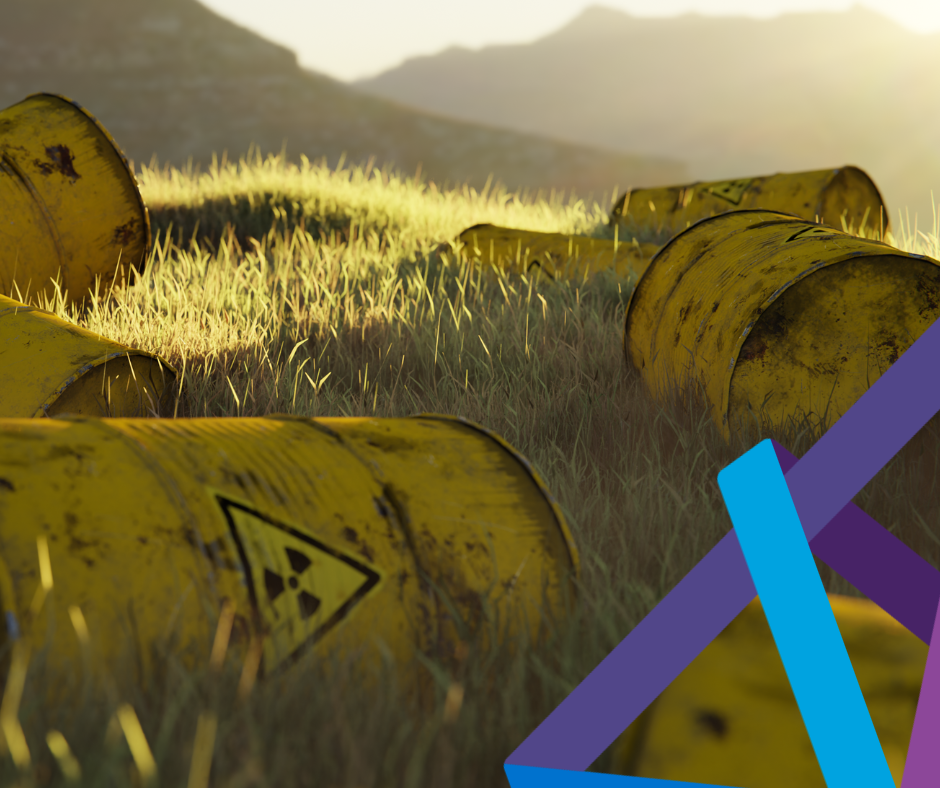Safe Handling and Disposal of Hazardous Waste in the Workplace

Proper handling, storage, and disposal of hazardous waste materials are not only essential for protecting workers and the environment but is also a legal obligation for businesses. Failure to comply with workplace safety regulations can lead to serious consequences. In this article, we will explore the importance of safely managing hazardous waste in the workplace, discuss relevant regulations and guidelines, and provide practical tips for ensuring the safe handling and disposal of hazardous materials.
What is Hazardous Waste?
Hazardous waste refers to any material that poses a threat to human health or the environment due to its hazardous properties. This can include substances such as corrosive chemicals, flammable liquids, toxic materials, or infectious waste. It is essential to identify and classify hazardous waste properly to ensure appropriate handling and disposal procedures. It’s important to note that the classification of hazardous waste may vary based on regional regulations. Proper identification, handling, storage, and disposal procedures should be followed for each specific type of hazardous waste to ensure compliance with applicable laws and regulations.
Examples may include, but are not limited to:
- Chemical Substances: This includes various chemicals used in industries, laboratories, or manufacturing processes. Examples include corrosive acids, solvents, pesticides, paints, and cleaning agents.
- Batteries: Both single-use and rechargeable batteries contain hazardous materials such as lead, cadmium, and mercury, which can pose environmental and health risks if not properly managed.
- Electronic Waste: Discarded electronic devices, such as computers, printers, televisions, and mobile phones, contain hazardous components like lead, mercury, cadmium, and brominated flame retardants.
- Fluorescent Tubes and Bulbs: These energy-efficient lighting sources contain small amounts of mercury, requiring careful handling and disposal to prevent mercury contamination.
- Pharmaceuticals: Expired or unused medications, including prescription drugs, over-the-counter medicines, and medical samples, can be classified as hazardous waste due to their potential environmental impact and risk of misuse.
- Aerosol Cans: Pressurised aerosol cans used for various purposes, including paints, cleaners, and insecticides, may contain hazardous propellants or chemicals that require proper disposal.
- Asbestos: Commonly found in older buildings, asbestos is a hazardous material that requires specialist handling and disposal procedures to prevent the release of harmful fibres. To find out more, check out our short blog here. Please note that there are Asbestos specific regulations and a comprehensive guide to Asbestos via the HSE site here.
What are the regulations for Hazardous Waste at work?
In the UK, the proper management of hazardous waste is governed by regulations to protect workers and the environment – key workplace regulations include:
- The Health and Safety at Work Act 1974: This overarching legislation places a general duty on employers to ensure the health, safety, and welfare of their employees, including providing a safe working environment and suitable training.
- Control of Substances Hazardous to Health (COSHH) Regulations 2002: These regulations require employers to assess and control the risks posed by hazardous substances, including proper handling, storage, and disposal procedures, as well as providing information, instruction, and training to employees.
Safe Handling and Storage Practices:
To ensure the safe handling and storage of hazardous waste, organisations should:
- Conduct a thorough risk assessment to identify hazards and develop appropriate control measures.
- Provide comprehensive training to employees on the safe handling, storage, and emergency procedures related to hazardous waste.
- Use appropriate personal protective equipment (PPE) to minimise the risk of exposure.
- Segregate different types of hazardous waste to prevent cross-contamination and chemical reactions.
- Store hazardous waste in designated and secure areas with proper labelling and signage.
What are the proper disposal methods for Hazardous Waste?
Disposing of hazardous waste should be done in compliance with regulations and environmentally responsible practices. Consider the following disposal methods:
- Recycling: Explore opportunities for recycling hazardous materials, such as batteries, electronic waste, or solvents, through licensed recycling facilities.
- Treatment: Some hazardous waste may require treatment, such as chemical neutralisation, before disposal; engage licensed waste management companies for proper treatment processes.
- Incineration: Incineration can be suitable for certain types of hazardous waste. However, it must be performed in specialised facilities that meet strict environmental standards.
- Landfill Disposal: As a last resort, landfill disposal should be used for hazardous waste that cannot be recycled, treated, or incinerated. Ensure compliance with landfill regulations and proper containment measures.
By fulfilling our workplace safety obligations, we can prioritise the wellbeing of our employees, create a safer workplace, and contribute to a more sustainable future. Need a hand? Contact us today.
Our content is correct at the date of publishing, but should not be taken as legal advice, and our articles don’t replace Risk Assessments. Armour will not be held accountable for any legal actions the reader may take.

